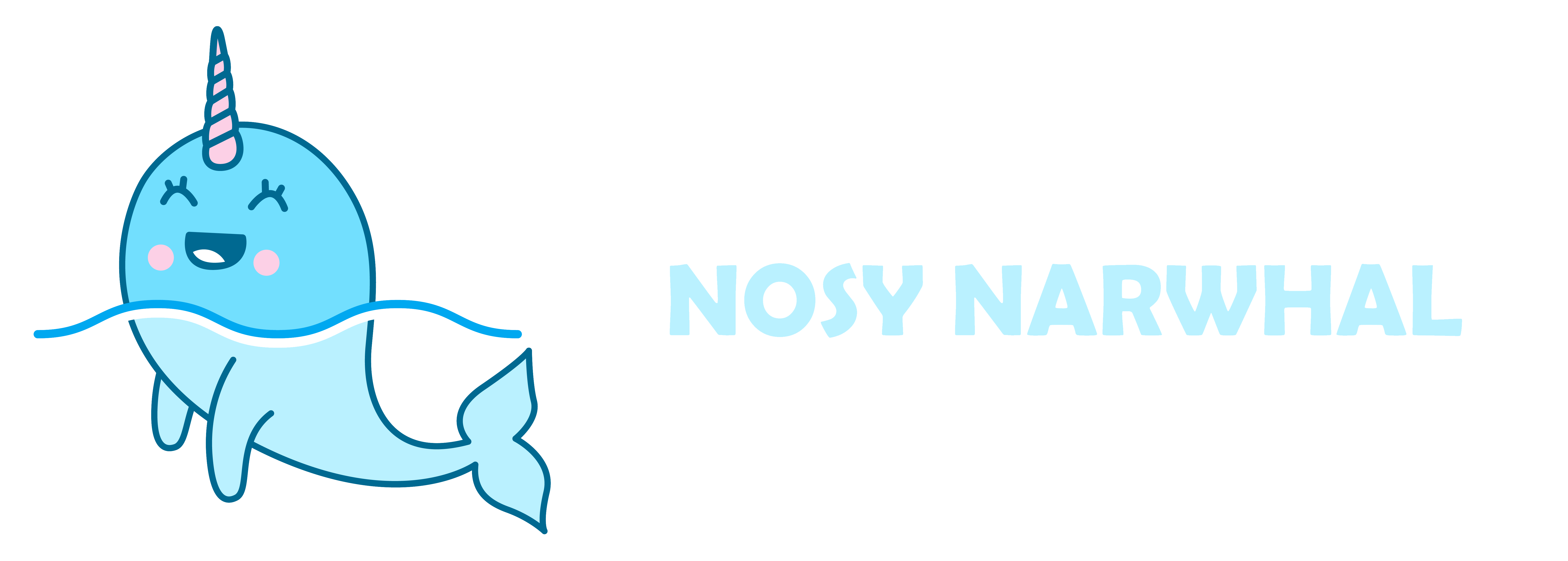Elevate Your Design with Colour Psychology
In the vast digital landscape, web designers wield an array of tools to create captivating online experiences. Among these, the strategic use of colours stands out as a potent weapon in influencing visitors’ emotions and behaviours. Understanding colour psychology in web design is the key to crafting websites that resonate deeply with users and drive desired actions.
Colour is more than a visual element; it has the power to evoke emotions and trigger subconscious responses. Each hue carries unique associations and symbolism that can sway visitors’ perceptions of a brand or product.
Warm colours like red, orange, and yellow command attention and stimulate excitement. They are ideal for highlighting calls-to-action, encouraging users to take the next step.
Cool colours such as blue and green instil a sense of calm and trust. These shades are perfect for conveying reliability and security, often used by financial institutions and healthcare providers.
Neutral colours like black, white, and grey exude elegance and sophistication. They form a solid foundation for a website’s design and emphasise other colour elements.
Web designers can leverage the colour wheel to create harmonious colour schemes that resonate with users. Complementary colours (opposites on the wheel) offer high contrast and can be used to draw attention, while analogous colours (neighbours on the wheel) create a sense of harmony and flow.
The emotional connection between colours and users is a key aspect of colour psychology. Understanding the target audience and the emotions associated with specific colours is vital in tailoring designs to elicit the desired response.
Colours play a crucial role in establishing brand identity and recognition. Consistency in colour usage across all brand materials fosters familiarity and brand recall.
It’s essential to consider cultural variations in colour perception. Colours that carry positive connotations in one culture may have negative associations in another. Global brands must adapt their colour choices for international audiences.
While colour psychology offers valuable insights, moderation is crucial. A harmonious blend of colours, accompanied by a clear visual hierarchy, ensures a pleasant user experience.
Colour psychology is a potent tool that transcends aesthetics, influencing users’ emotions and actions. By strategically employing colours that align with the brand’s identity and target audience, web designers can create impactful websites that forge lasting connections with visitors. Unlock the power of colour psychology in web design and watch as your designs come to life with emotion and purpose.
